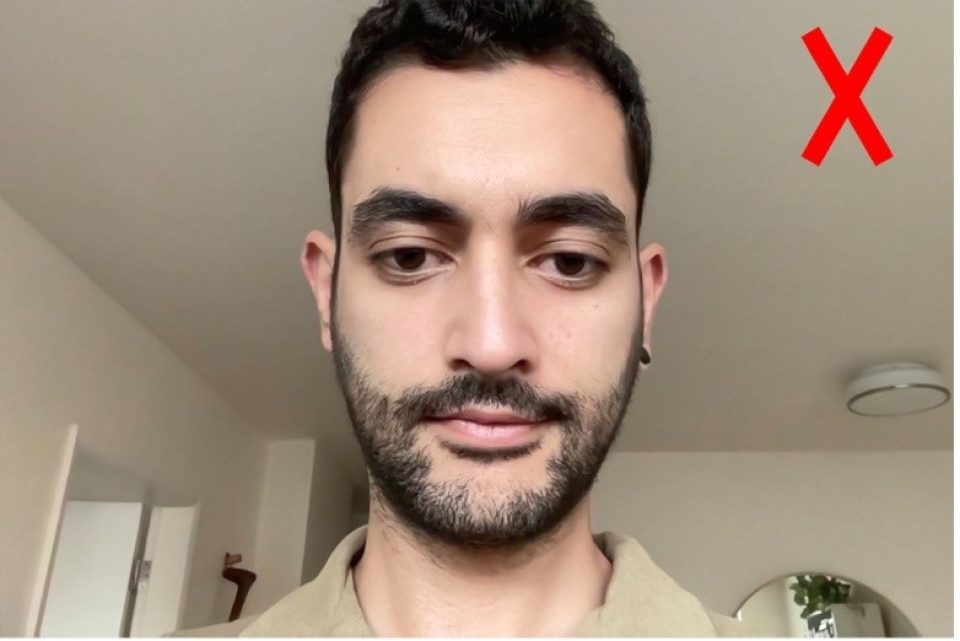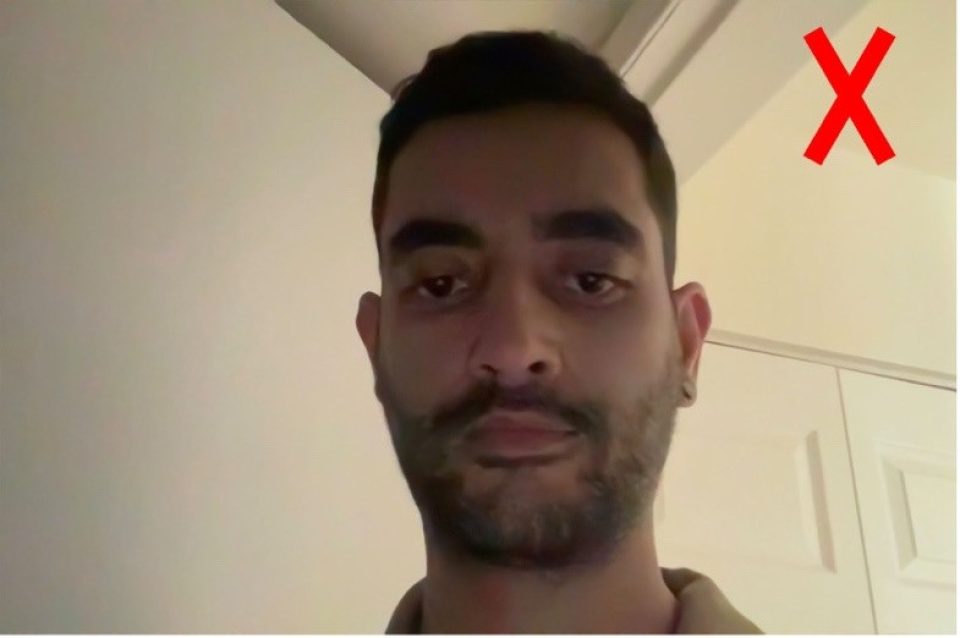Subscribe for more!
Subscribe to our newsletter for insights and articles on wide ranging issues including reputation management, branding, advertising, awareness, advocacy, and communications. You can unsubscribe anytime.
Follow us on social:
In this blog, we’ll walk you through two easy ways to take your videos to the next level. All you need are two simple tools: a phone or a computer with a webcam and a light source.

We’ve probably all had to film ourselves for a work prompt in the last couple of years. Whether we like it or not, the world seems to have accepted Zoom recordings and phone selfie videos as digestible content for all types of videos and ad placements. This has led to some awesome selfie videos and unfortunately some embarrassingly bad videos. What separates a good video and a not so good video are a couple of small considerations: framing and lighting.

In this blog, we’ll walk you through two easy ways to take your videos to the next level. All you need are two simple tools: a phone or a computer with a webcam and a light source.
For this step, you want to make sure the camera is pointed in the right direction and you’re featuring more than your forehead.
First of all, you have to find the resolution of the final video. This is an important step as it will help determine how to position the camera.
Using a phone: If it’s for a portrait style video (Instagram Stories, TikTok) you will want your phone to be vertical. If it’s for a landscape/square social post, you will want your phone to be horizontal.
Using a webcam: You’re limited to a landscape recording in this case. This is not bad though, because the editor is able to crop the footage to fit their file — as long as you are well framed in the shot.
This brings us to the next framing step. You want to make sure you’re not too close to the camera and that you’re not mainly featuring your face. Ideally, you want some breathing room around you. This not only makes viewers more at ease to take in the image, but it will also help the editors make any required adjustments to position your recording in their videos.


A well-lit environment helps the camera register more information and avoid any visual noise and pixelation when recording. Since most of us don’t have access to production grade lighting equipment, you can simply use a regular lamp/light to your advantage, plus our good old ball of hot plasma — the sun!
